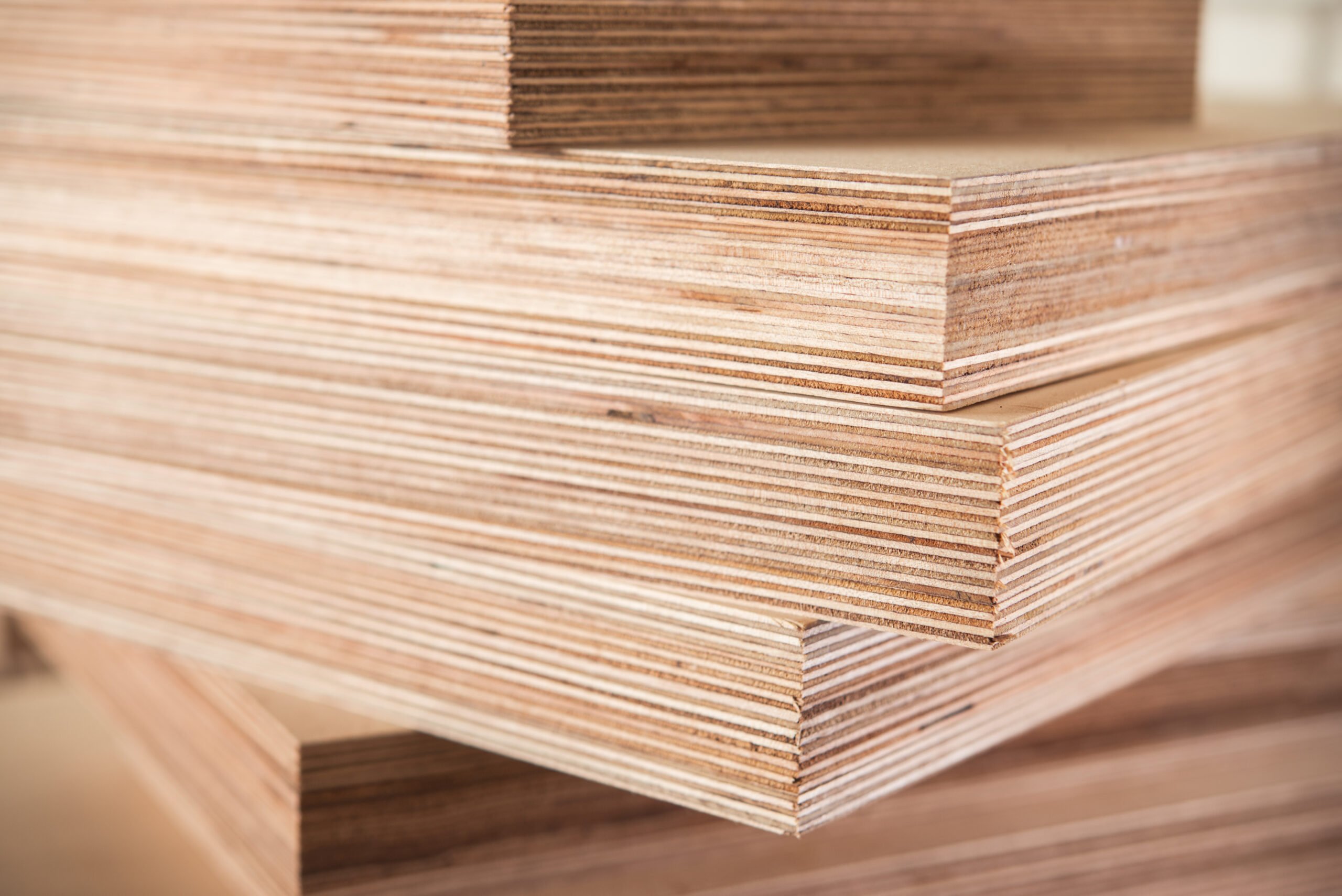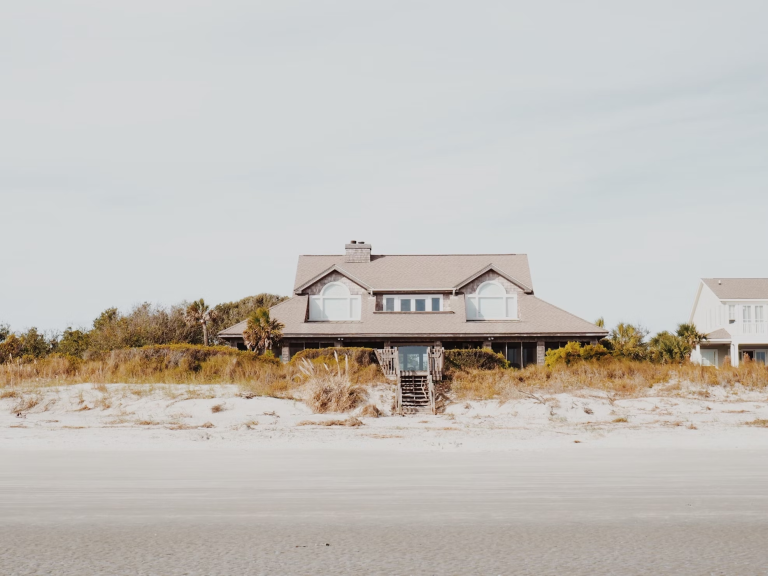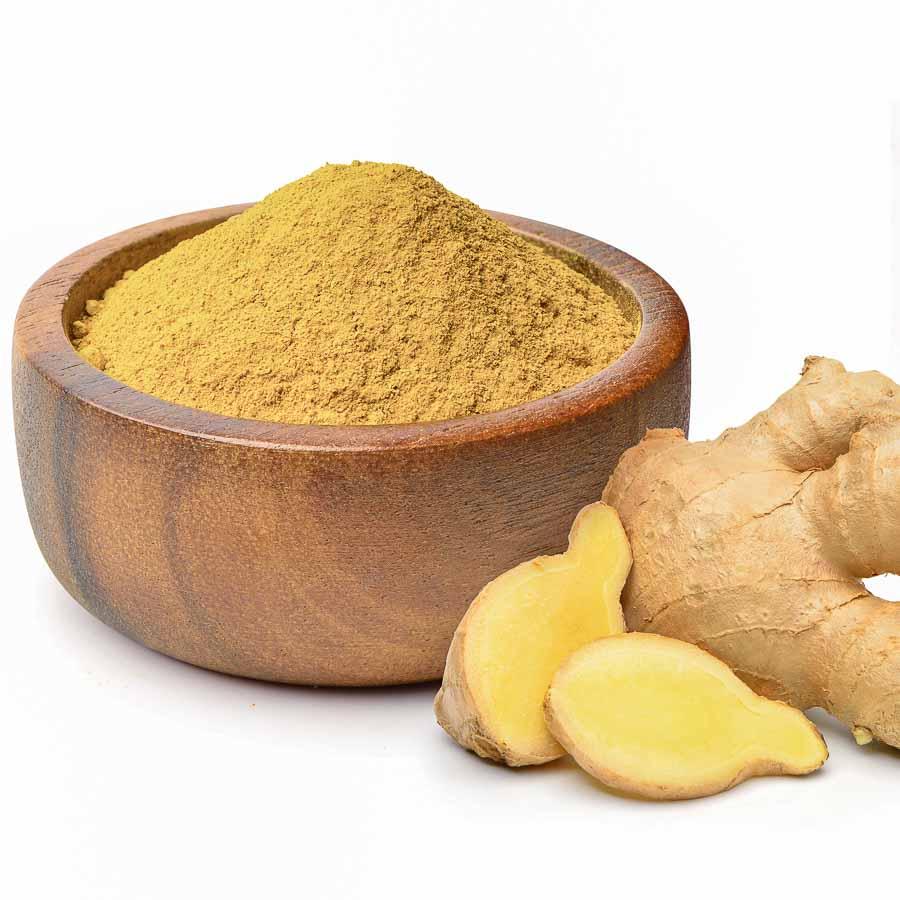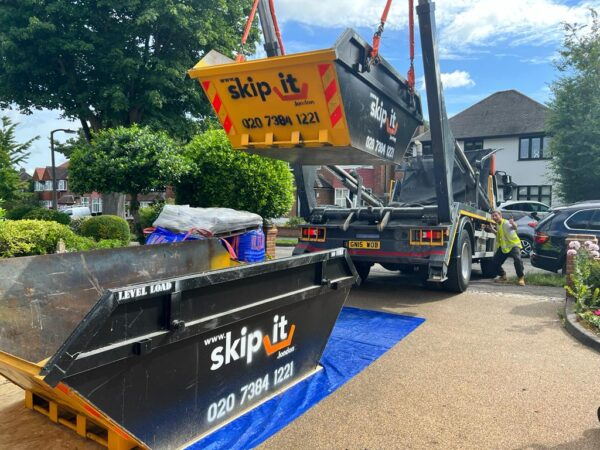Do You Need Marine Plywood?

Table of Contents
Have you ever wondered whether marine plywood is essential for your construction needs? If so, understanding its features, varieties, and applications will be crucial to make an informed choice.
Understanding Marine Plywood
As the name suggests, marine plywood is engineered to resist natural elements, particularly water. Its durability and water resistance make it a top choice for marine constructions such as boats, docks, and waterfront properties. Depending on its application—whether in a boat or an oceanfront house—its exposure to environmental elements can differ drastically.
Key Features of Marine Plywood
All authentic marine plywood is characterized by the absence of voids in its core, as these empty spaces can trap water and instigate rotting from the inside. Consequently, the core repairs for such plywood are minimal. A critical feature of marine plywood is the use of Weather and Boil Proof (WBP) glue. This adhesive remains intact even when exposed to boiling water for over an hour, ensuring the plies don’t delaminate.
Although these are the primary standards, there’s a broad spectrum of marine plywood varieties based on other factors, such as the veneer’s appearance, the core species, core construction, and glue type. All these elements dictate how the final sheet will perform under varying conditions.
Higher benchmarks like BS 1088 and BS 6566 intensify the requirements, further diversifying the products available to consumers.
Marine Plywood in Boat Building
When discussing boats, one might presume that only the most elite marine-grade plywood would suffice. However, the reality offers more nuances. Elements like water resistance, flexibility, and aesthetic quality are paramount. The plywood should boast an impressive finish or, at a minimum, present a consistent face that can reliably support decking veneers or fiberglass overlays.
Additionally, weight becomes an essential factor for boat-building. Plywood adhering to or surpassing the BS1088 standard is generally recommended to ensure longevity and water resistance.
Marine Plywood for Structural Use
While structures might not face as extreme conditions as boats, they’re still exposed to nature’s elements, especially if they’re located near water bodies. Similar standards apply, but there’s flexibility in factors like appearance and water resistance. In most cases, the plywood is a foundation for exterior materials, whether hardwood, softwood, or composites.
For waterfront structures, marine-grade plywood is usually preferred. However, due to varying environmental exposures, certain liberties can be taken to reduce costs. For example, as these structures aren’t fully submerged, some voids in the plywood are acceptable, which can be a significant cost-saving factor.
Price varies considerably based on the plywood’s quality and features. Therefore, it’s essential to know what you need. Simply asking for “marine-grade plywood” at a store may lead to confusion. If the seller doesn’t probe further about your specific requirements, it’s a red flag. You could end up with something too robust for your needs or, worse, a subpar product.
Conclusion
Marine plywood is a vast domain with countless technical specifications. This article merely offers an overview, but the fundamental takeaway is that all marine-grade plywood isn’t the same—nor should it be. When shopping, arm yourself with the knowledge of your project’s demands. Engaging with a trustworthy dealer can guide you to the perfect product, be it marine or exterior plywood.






